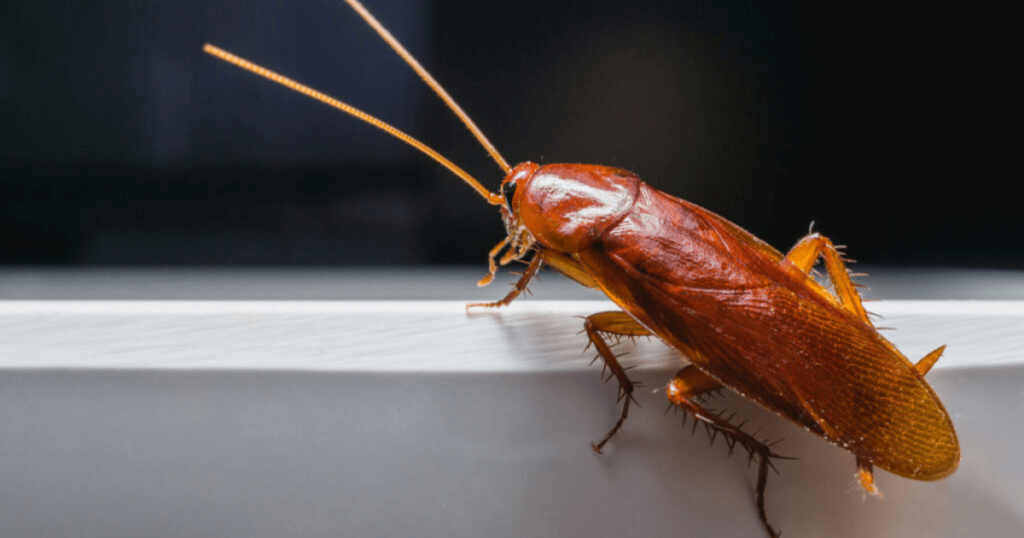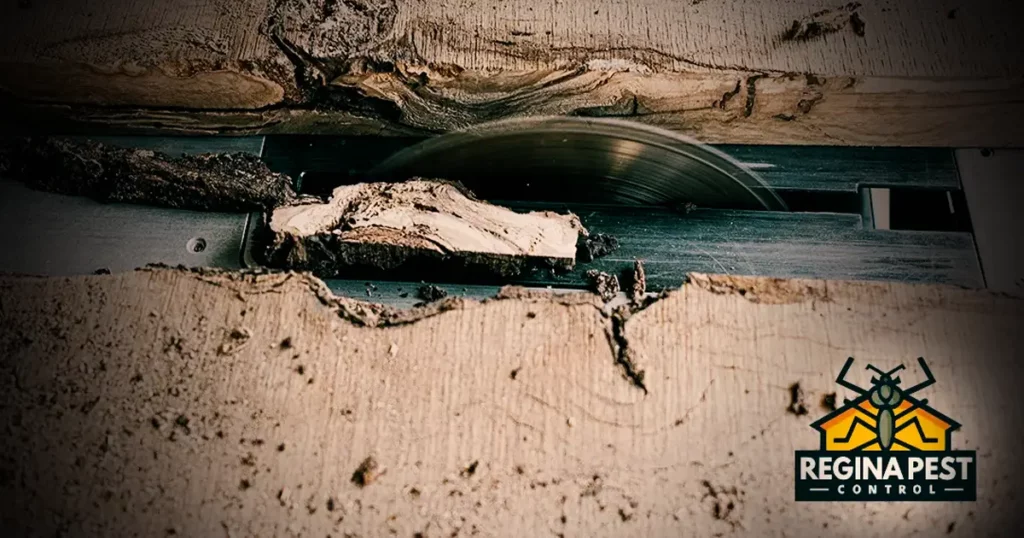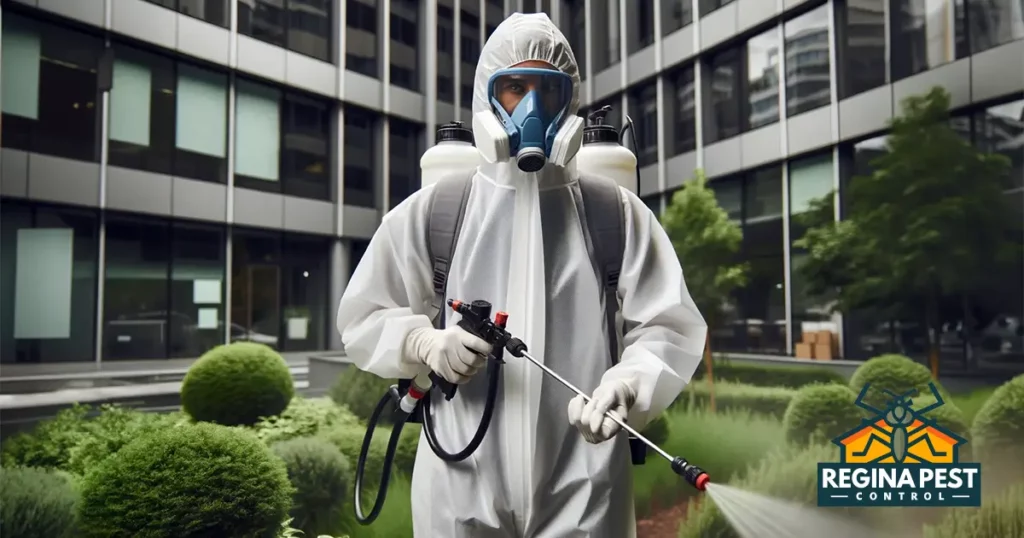Are unwanted rodents wreaking havoc on your home? Fret not! In this article, we will explore the most effective techniques for rodent extermination to help you reclaim your space.
Rodents, such as rats and mice, are not only a nuisance but also carry the risk of spreading diseases. Therefore, it is crucial to tackle the problem swiftly and effectively.
We understand the importance of maintaining a clean and safe living environment. That’s why we have compiled a comprehensive guide to help you combat rodent infestations.
From traditional methods like traps and baits to more advanced techniques like ultrasonic repellents and exclusion methods, we will cover a range of options to suit different situations and preferences.
Regardless of the severity of your rodent problem, whether it’s a single rat or a full-blown infestation, we have got you covered. By following our expert tips and advice, you can rid your home of these unwanted guests and prevent them from returning.
Get ready to claim victory in the battle against rodents and restore peace to your home once and for all. Say goodbye to the pitter-patter of tiny feet and hello to a rodent-free future!
- The Importance of Rodent Extermination
- Common Signs of a Rodent Infestation
- Understanding Rodent Behavior and Habits
- DIY Methods for Rodent Extermination
- Using Traps for Rodent Removal
- Rodent Repellents and Deterrents
- Professional Rodent Extermination Services
- Preventing Future Rodent Infestations
- Rodent Extermination Safety Precautions
The Importance of Rodent Extermination
Rodents can cause a multitude of problems when they invade your home. Not only do they chew on furniture and electrical wires, causing damage that can be costly to repair, but they also contaminate food and spread diseases. It is crucial to address a rodent infestation promptly to protect your health and property.
One of the main reasons why rodent extermination is essential is the potential health risks associated with these pests. Rats and mice can carry harmful bacteria, viruses, and parasites that can be transmitted to humans through their urine, droppings, or bites. Diseases such as leptospirosis, hantavirus, and salmonellosis are just a few examples of the health hazards rodents pose. By eliminating them from your home, you can safeguard the well-being of your family and pets.
Furthermore, rodents are notorious for their destructive behavior. They have a constant need to gnaw on objects to keep their teeth from growing too long. This can lead to damage to your furniture, insulation, and even structural elements of your home. Ignoring a rodent infestation can result in costly repairs and compromise the integrity of your property.
To ensure the safety of your loved ones and protect your investment, it is vital to prioritize rodent extermination. With the right techniques and methods, you can effectively eliminate these pests and prevent future infestations.
Common Signs of a Rodent Infestation
Before we delve into the various rodent extermination techniques, it is essential to recognize the signs of a rodent infestation. Identifying the problem early on can help you take swift action and minimize the damage caused by these unwanted guests.
One of the most common indications of a rodent infestation is the presence of droppings. Rats and mice leave behind small, pellet-like droppings that can be found near their nesting areas, food sources, or along their typical routes. Fresh droppings are dark in color, while older ones may become dry and crumbly.
Another telling sign is gnaw marks. Rodents have a constant need to chew, and their teeth leave behind noticeable marks on various surfaces. Look for signs of gnawing on furniture, baseboards, electrical wires, or food packaging. These marks are often accompanied by wood shavings or shredded materials used for nesting.
Unpleasant odors are another indicator of a rodent infestation. Rodents have a distinct musky smell that can permeate the areas they inhabit. If you notice a persistent, foul odor in your home, it’s likely that rodents are present.
Other signs of a rodent infestation include scratching noises coming from walls or ceilings, footprints or tracks, and sightings of live or dead rodents. By being vigilant and recognizing these signs, you can take action promptly and prevent the problem from escalating.
Understanding Rodent Behavior and Habits
Before implementing any rodent extermination techniques, it’s essential to understand the behavior and habits of these pests. This knowledge will help you effectively target the root of the problem and increase the success rate of your extermination efforts.
Rodents are highly adaptable creatures that thrive in various environments. They are attracted to areas that provide them with food, water, and shelter. Understanding their preferences will assist you in identifying potential entry points and implementing preventive measures to keep them out.
Rats and mice are nocturnal animals, meaning they are most active during the night. They prefer to hide in dark, secluded areas during the day, such as wall voids, attics, basements, or crawl spaces. By knowing their hiding spots, you can strategically place traps and baits to maximize their effectiveness.
These pests are also highly skilled climbers and can gain access to your home through small openings. Rats can squeeze through holes as small as a quarter, while mice can fit through openings the size of a dime. Inspecting your property for any potential entry points and sealing them off is crucial in preventing future infestations.
Rodents are omnivorous and will eat almost anything. Their diet typically consists of grains, seeds, fruits, vegetables, and even meat. By eliminating their food sources, you can make your home less appealing to these pests. Properly storing food in airtight containers, regularly cleaning up crumbs and spills, and securing garbage cans are effective measures to deter rodents.
Now that we have a good understanding of rodent behavior and habits, let’s explore the various techniques for rodent extermination.
DIY Methods for Rodent Extermination
If you prefer a hands-on approach to rodent extermination, there are several do-it-yourself methods you can try. These techniques are cost-effective and can be implemented with household items or easily obtainable supplies.
One of the most common DIY methods is the use of traps. There are various types of traps available, including snap traps, glue traps, and live traps. Snap traps are the most traditional and effective option for catching rodents. They consist of a spring-loaded mechanism that snaps shut when triggered, trapping the rodent. Glue traps, on the other hand, use a sticky surface to immobilize the pests. Live traps allow you to capture the rodents alive and release them elsewhere.
When using traps, it is important to place them strategically. Rats and mice tend to follow specific routes, such as along walls or near food sources. Set the traps along these routes, ensuring that they are properly baited. Peanut butter, chocolate, or dried fruits are commonly used as bait and can attract rodents effectively.
Another DIY method is the use of rodent baits. These baits are typically toxic to rodents and can be placed in bait stations or scattered in areas frequented by the pests. Poison baits work by enticing the rodents to consume them, resulting in their eventual demise. However, it is crucial to handle and use rodent baits with caution, as they can pose a risk to children, pets, and other non-target animals. Always follow the instructions provided by the manufacturer and keep the baits out of reach of unintended targets.
Ultrasonic repellents are another popular DIY method for rodent extermination. These devices emit high-frequency sound waves that are unpleasant to rodents, causing them to leave the area. Ultrasonic repellents are safe for humans and pets, but their effectiveness may vary depending on the size of the area and the severity of the infestation. It is recommended to use multiple units throughout your home for better coverage.
Now that we have covered some effective DIY methods, let’s explore additional techniques for rodent extermination.
Using Traps for Rodent Removal
Traps are one of the most effective and humane methods for rodent removal. They allow you to capture and remove the pests without causing them unnecessary harm. Depending on the severity of the infestation and your personal preferences, there are different types of traps you can choose from.
Snap traps are the most common and widely used type of trap. They consist of a spring-loaded mechanism that snaps shut when triggered by the rodent. When using snap traps, it is important to select the appropriate size for the targeted pest. Rats require larger traps, while mice can be caught with smaller ones. Place the traps along walls or in areas where you have noticed signs of rodent activity. Bait the traps with enticing food items and check them regularly to remove any captured rodents.
Glue traps are another option for rodent removal. These traps use a sticky surface to immobilize the pests. Place the glue traps in areas where rodents frequently travel, such as along walls or near their nesting sites. Bait the traps with food to attract the pests. However, it is important to note that glue traps can cause distress and suffering to the captured rodents. If you choose to use glue traps, monitor them closely and release any caught rodents as soon as possible.
Live traps provide a humane way to capture and release rodents. These traps allow you to catch the pests alive, enabling you to relocate them to a more suitable environment. Live traps are typically cage-like structures with a door that closes upon entry. Bait the traps with enticing food items and place them in areas where you have noticed rodent activity. Once a rodent is caught, release it in a location far away from your home, ensuring it has access to food, water, and shelter.
When using traps for rodent removal, it is important to remember a few key tips. Firstly, always handle traps with care and follow the instructions provided by the manufacturer. Secondly, place the traps in areas where rodents are likely to travel, such as along walls or near their nesting sites. Finally, check the traps regularly and dispose of any captured rodents promptly and responsibly.
Rodent Repellents and Deterrents
In addition to traps, there are various repellents and deterrents available to help prevent rodent infestations. These products work by making your home less appealing to rodents, deterring them from entering or staying in your space.
One type of rodent repellent is the use of natural substances with strong odors that rodents find unpleasant. Peppermint oil, for example, has been found to be effective in repelling rodents. Soak cotton balls in peppermint oil and place them in areas where rodents are likely to enter, such as near openings or along walls. The strong scent of peppermint will deter rodents from approaching.
Another natural repellent is the use of predator urine. Rodents have a natural fear of predators, and the scent of urine from predators like foxes or coyotes can help keep them away. Predator urine can be purchased in liquid or granule form and can be sprinkled around your property or near potential entry points.
Electronic repellents are another option for deterring rodents. These devices emit high-frequency sound waves that are inaudible to humans but irritating to rodents. The sound waves create a hostile environment for the pests, causing them to seek refuge elsewhere. Electronic repellents are safe for humans and pets and can be used both indoors and outdoors.
Exclusion methods are another effective way to prevent rodent infestations. By sealing off potential entry points, you can deny rodents access to your home. Inspect your property for any gaps or cracks that rodents can squeeze through. Common entry points include gaps around doors and windows, openings in the foundation, and vents or pipes that are not properly sealed. Use materials such as steel wool, caulk, or wire mesh to seal these gaps and prevent rodents from entering.
Professional Rodent Extermination Services
If your rodent infestation is severe, persistent, or you prefer to leave the extermination process to the experts, professional rodent extermination services are available. Pest control professionals have the knowledge, experience, and specialized equipment to effectively eliminate rodents from your home.
When choosing a professional exterminator, it is important to do your research and select a reputable and licensed company. Look for companies that have experience in rodent extermination and have positive reviews from previous customers. Additionally, inquire about the methods and products they use to ensure they align with your preferences and safety concerns.
Professional rodent extermination services typically involve a thorough inspection of your property to identify the extent of the infestation and potential entry points. Once the assessment is complete, the exterminators will develop a customized treatment plan tailored to your specific situation. This may include the use of traps, baits, repellents, or exclusion methods.
During the extermination process, it is important to follow the instructions provided by the professionals. They may recommend temporarily vacating your home or taking precautions to protect yourself, your family, and your pets. After the treatment is complete, the exterminators will provide you with recommendations for preventing future infestations.
Preventing Future Rodent Infestations
Once you have successfully eliminated rodents from your home, it is crucial to take preventive measures to avoid future infestations. By implementing these preventive strategies, you can minimize the risk of rodents returning and maintain a rodent-free environment.
Regular cleaning and sanitation are key in preventing rodent infestations. Keep your home clean and free of food debris by sweeping or vacuuming regularly. Wipe down countertops, tables, and other surfaces to remove any crumbs or spills. Properly store food in airtight containers and promptly clean up pet food or water spills.
Inspect your home for any potential entry points and seal them off. Pay close attention to gaps around doors and windows, openings in the foundation, and vents or pipes that are not properly sealed. Use materials such as steel wool, caulk, or wire mesh to block these entryways.
Maintain your outdoor space by keeping it clean and well-maintained. Trim tree branches that hang over your house, as they can provide easy access for rodents. Remove any debris, such as piles of leaves or wood, that can serve as hiding places for pests. Additionally, ensure that your garbage cans are tightly sealed to prevent rodents from accessing food sources.
Consider implementing rodent-proofing measures, such as installing door sweeps, mesh screens, or rodent-proofing grates. These physical barriers can help prevent rodents from entering your home.
Regularly inspect your home for any signs of rodent activity, such as droppings, gnaw marks, or strange odors. By catching a potential infestation early on, you can take swift action and prevent it from escalating.
Rodent Extermination Safety Precautions
When dealing with rodent extermination, it is important to prioritize safety.





